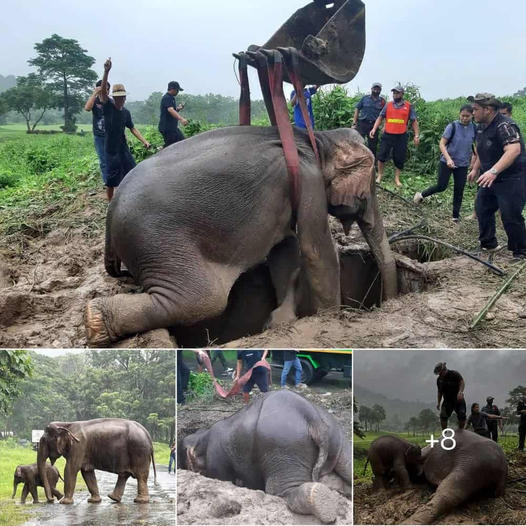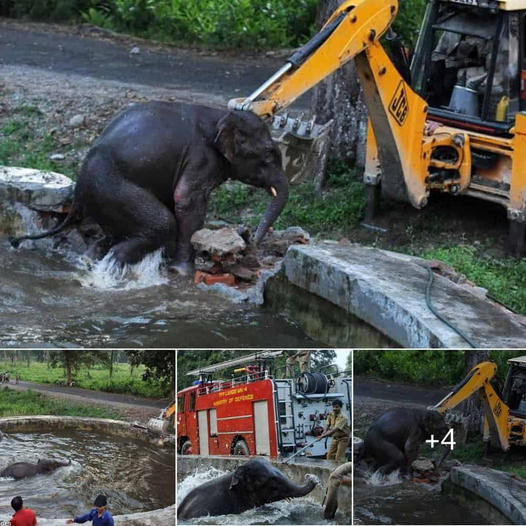In the vast expanse of the African wilderness, the rhythmic rumble of elephantine trumpets echoes across the landscape, signaling the triumphant return of these majestic creatures to their rightful home. For years, these gentle giants had been held captive, subjected to the cruelties of the entertainment industry and the ivory trade. But now, through the tireless efforts of dedicated conservationists, they have embarked on a remarkable journey of rehabilitation and reintegration, reclaiming their rightful place in the natural world.

The plight of captive elephants is one that has long captured the hearts and minds of animal welfare advocates around the globe. Torn from their families and forced to perform for the amusement of human audiences, these intelligent and emotionally complex creatures have endured unimaginable suffering, both physical and psychological. But in recent years, a growing movement has emerged to rescue these elephants from their confined existence and return them to the freedom of the wild.

One such initiative is the Sheldrick Wildlife Trust’s elephant rehabilitation program, which has become a beacon of hope for these rescued pachyderms. Through a meticulously planned and executed reintegration process, the trust’s dedicated team of experts guides the elephants through a gradual transition from captivity to the wild, providing them with the necessary skills and support to thrive in their natural habitat.

The journey begins with the rescued elephants being transported to the trust’s specialized rehabilitation centers, where they are carefully cared for and allowed to regain their physical and emotional strength. Here, they are provided with a nurturing environment, ample space to roam, and the companionship of fellow rescued elephants, all of which are essential for their overall well-being and the restoration of their natural behaviors.
As the elephants progress through the rehabilitation process, they are gradually introduced to the wilderness, guided by the trust’s expert team and the example of older, more experienced elephants who have successfully reintegrated. This carefully choreographed transition allows the rescued giants to rediscover their innate instincts, from foraging and navigating the terrain to forming new social bonds within the herd.
“Witnessing these elephants take their first steps back into the wild is an incredibly moving experience,” shares one of the trust’s caretakers. “You can see the transformation in their eyes, the relief and joy of being able to roam freely, to interact with their own kind, and to reconnect with the rhythms of the natural world. It’s a testament to the resilience of these incredible animals and the power of conservation efforts to restore their rightful place in the ecosystem.”

As the rescued elephants begin to thrive in their new, unfettered existence, the impact of their reintegration extends far beyond the individual animals. Their return to the wild serves as a powerful symbol of hope, inspiring others to join the fight against the exploitation of these magnificent creatures and to support the ongoing efforts to protect and preserve Africa’s endangered elephant populations.
“These elephants are not just individual success stories,” explains the trust’s founder. “They represent the collective struggle of an entire species to reclaim its freedom and its rightful place in the natural world. By witnessing their journey, we are reminded of the vital importance of conservation, of the need to protect these gentle giants, and of the transformative power of compassion and perseverance.”
As the thunderous trumpets of the newly freed elephants echo across the vast expanse of the African savanna, they serve as a clarion call to the world – a reminder that with unwavering dedication and a steadfast commitment to the well-being of all living creatures, even the most daunting challenges can be overcome, and the triumph of the wild can be restored.




